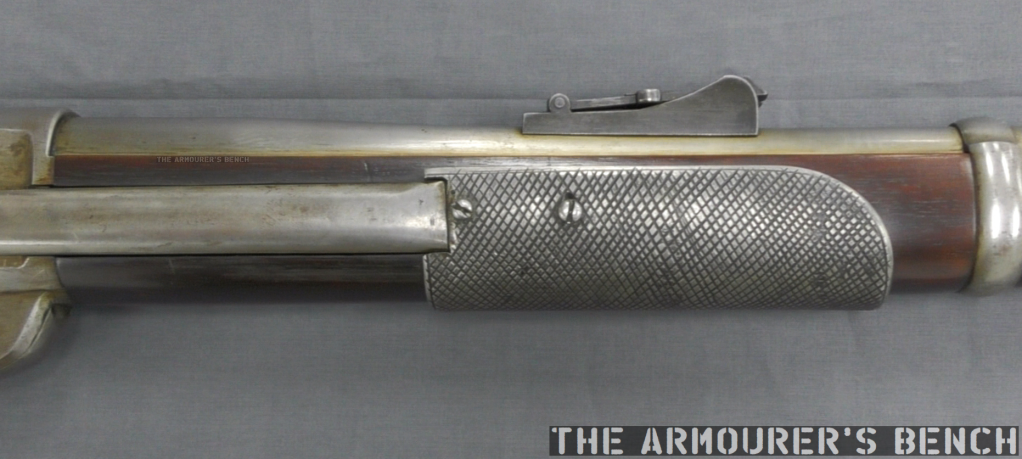We return to the Projector, Infantry, Anti-Tank’s long and storied on-screen career. This time we are examining a scene from ‘Paper Tiger’ (1975). It’s an interesting film, and certainly not one you’d expect a PIAT to pop up in! David Niven plays Mr Bradbury, a tutor to a young Japanese boy. Bradbury is a Walter Mitty-like character that regales the child with made up tales of his wartime escapades.
Early in the film Bradbury describes a battle in France in October 1944. Niven’s Character is shown to be a member of the Grenadier Guards and receivers orders to take an enemy pill box. Bradbury describes how he attacked the German position single handed. The sequence begins with what looks like a platoon making a frontal assault.

Niven receives a call from his commanding officer and then asks his Sgt to hand him ‘the bazooka’. But it’s not a Bazooka he’s handed but a PIAT! Now it’s quite the faux pa’s to call a PIAT a Bazooka but I imagine the script called for one and the film armourer brought along British weapons to fit the action involving the Grenadier Guards.
Niven’s character then charges across the ground in front of the pillbox. He takes cover in a shell crater and we can see that the bomb loaded into the tray is painted black with a yellow stripe – this denotes that its actually an inert drill round. – If we look closely inside the yellow stripe it also appears to have the words ‘drill use’ written on it. Note how far forward the bomb appears in the bomb support – this suggests that the weapon isn’t cocked and that the bomb has just been slid down onto the spigot to make it look loaded.

Before he can take on the pillbox a German armoured fighting vehicle (which is actually a disguised American M8 Greyhound) crests the ridge. Niven takes aim with the PIAT and knocks it out. As he aims, we can see the PIAT has the later pattern 3 aperture rear sight rather than the earlier 2 aperture. The apertures are for 50, 80 and 110 yards. The PIAT, however, is missing its webbing butt pad and gaiter cheek rest. But we can see the white indirect aiming line painted along the top of the PIAT for use in the light mortar role!

As the Greyhounds crew bails out Niven draws his revolver and shoots the crew with a style that pastiches many war films. Leaving his PIAT Niven runs forward and we see that the spigot is forward in the bomb tray – this means he would have had to manually re-cock the weapon before firing again! As he runs we can see he has another PIAT bomb handing from his belt. I’ve never seen any contemporary photos or documents referencing this method of carrying bombs – in reality they would have been carried in a 3-bomb bomb carrier.
He throws a No. 36 (Mills) grenade into the pillbox with perfect aim. Another funny nod to a common war movie trope! The bunker is knocked out and the enemy surrender en masse. It’s an interesting little scene, Niven as always is great and of course as a veteran of the war and an officer he would have been familiar with the PIAT.
Check out the rest of our videos looking at on screen PIAT portrayals here.
If you enjoyed this video and article please consider supporting our work here. We have some great perks available for Patreon Supporters. You can also support us via one-time donations here. Thank you for your support!





































